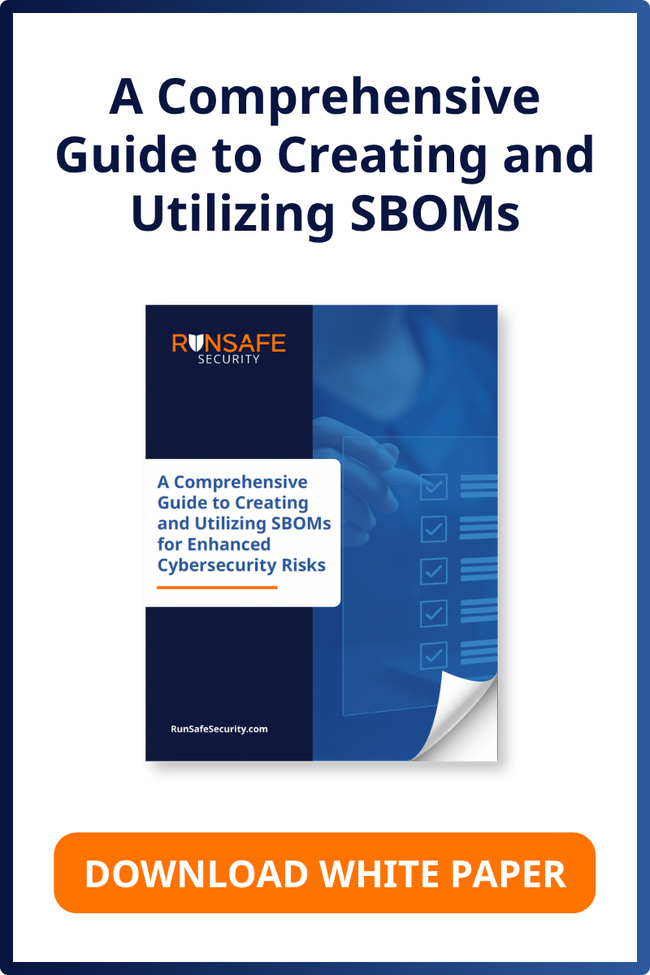Listen to the Audio Overview
Critical infrastructure and the embedded systems that underlie it are under attack. State-sponsored threat groups, like MISSION2025 and Volt Typhoon, are specifically targeting key sectors integral to national and economic security, like aerospace and defense, healthcare systems, telecom networks, and manufacturing operations.
Embedded systems are foundational to all of these sectors. While embedded systems offer clear benefits in terms of performance, power efficiency, and specialization, they also present a distinct set of cybersecurity challenges.
1) The Trillion-Dollar Code Problem
One of the most urgent issues in securing embedded systems is the sheer amount of legacy code that is vulnerable to memory-based exploits. Most embedded applications are written in memory-unsafe languages like C and C++, which are susceptible to common memory safety vulnerabilities such as buffer overflows and use-after-free errors. These vulnerabilities account for the majority of software exploits in the embedded space.
Although security experts and government agencies, such as CISA, advocate transitioning to memory-safe languages like Rust, a complete rewrite of legacy systems is often economically and logistically unfeasible. For many industries, this would mean years of recoding and recertification, impacting time-to-market and product reliability. Not to mention the expense. The cost to rewrite the code base for embedded systems could easily run into the billions for some companies, requiring extensive testing and diverting developer and engineering resources that would otherwise be allocated to innovation and further product development.
The best way to address this challenge includes taking a hybrid approach, selectively rewriting only the most critical components in safer languages while applying runtime protections to mitigate vulnerabilities in existing binaries. This dual approach enables continued innovation and field performance without requiring full-scale code replacement.
2) Expanding the Attack Surface with Connectivity
Recently, researchers at Georgia Tech demonstrated the ability to hijack industrial control systems through nothing more than a web browser. By exploiting embedded web servers in programmable logic controllers (PLCs), they showed how attackers could gain full control over motors, power relays, and water pumps—all while remaining virtually undetectable, even after hardware resets.
The rise of connectivity in embedded devices—through IoT, 5G, edge computing, and cloud integrations—has significantly expanded the attack surface. Devices that were once isolated and secure-by-default are now exposed to remote access, data exfiltration, and distributed attacks.
Many embedded systems were not designed initially with external communication in mind, and retrofitting them for connected environments often leaves security gaps. In addition, increased reliance on third-party software, open-source libraries, and supply chain components introduces additional risks.
Addressing this challenge requires a proactive cybersecurity approach throughout the device lifecycle. This includes secure software development practices (like threat modeling and SBOM generation), continuous vulnerability assessment, and runtime threat mitigation. Embedded systems must be protected not only at the perimeter but also internally—at the firmware and binary levels—to resist exploitation even when a network breach occurs.
3) Securing Legacy Systems
Another persistent challenge is securing legacy systems that remain in active use across industries. These systems often rely on outdated hardware and software stacks that lack compatibility with modern security technologies. They may no longer receive vendor support or security patches, and yet continue to perform critical functions in sectors like manufacturing, transportation, and healthcare.
Replacing these systems is often cost-prohibitive or operationally disruptive. As a result, organizations are left with the difficult task of securing systems that were never designed with today’s threat landscape in mind.
To improve the security of legacy embedded systems, organizations should enforce cybersecurity requirements during new development, conduct regular vulnerability assessments for systems already in operation, and deploy runtime protections that can harden binaries in-place without requiring changes to source code or hardware. These measures extend the safe lifespan of legacy devices while reducing overall risk exposure.
Strengthening Embedded Systems Security
The need to secure embedded devices is urgent. No system is invulnerable, and assumptions of isolation or obscurity no longer hold. A combination of secure development practices, selective modernization, and runtime code protections offers a practical path forward. By adopting a security-first mindset, the embedded systems industry can develop resilient technologies that withstand both current and future cyber threats.
Tune in to our on-demand webinar for a look at addressing zero days in embedded systems.





